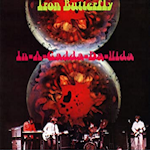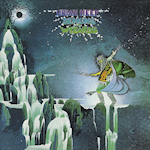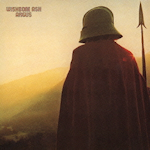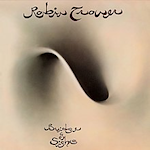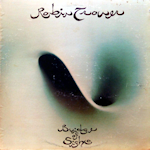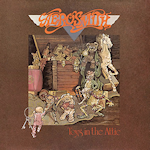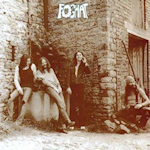
The self-titled "Foghat" album was the debut studio album by the British rock band Foghat, released July 1, 1972. The album was produced by Dave Edmunds and features a mix of blues, rock and boogie-woogie music.
The album includes some of Foghat's most popular songs, including "I Just Want to Make Love to You," a cover of the Muddy Waters classic, and "Trouble, Trouble," which was written by the band's lead singer, "Lonesome" Dave Peverett. Other standout tracks on the album include "Sarah Lee" and "A Hole to Hide In."
The album was well-received by critics and helped establish Foghat as a major force in the rock music scene of the 1970s. It also helped to launch the band's successful career, which spanned several decades and included hits such as "Slow Ride" and "Fool for the City."
"Foghat" is considered to be a classic album of the 1970s rock era and a must-listen for fans of blues-based rock music.
Foghat genealogy and discographyExplore Foghat music on Amazon...


